
Earth and Environment
The Earth is a blue-green planet sustaining all life as we know it. Our home is filled with lush forests, vast deserts and beautiful landscapes of nature. Currently, it is being invaded by catalyzed climate change caused by human activity such as pollution.
A brewing storm over Mountain Zebra Park, South Africa.
Environmental studies broadly encompass Earth processes, surface and atmospheric dynamics, Earth system history and ecology.
Scientists work to learn as much as possible about how climate change affects the Earth and our environment to better understand the severity of global warming and human intervention on the environment.
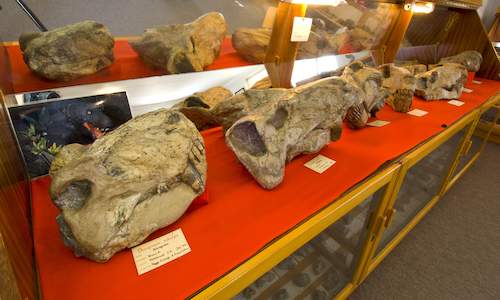
Five mass extinction events have hit the planet since the first single-celled organisms split and multiplied. These events have snuffed out ...
more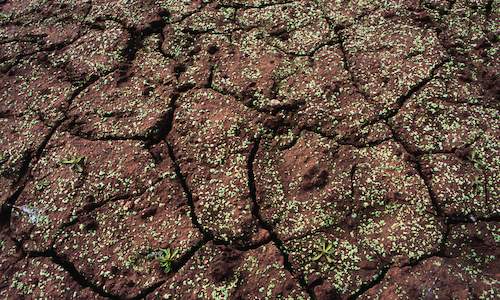
The environmental movement - which grew out of the momentum it gained in the 1970s - has had to take as good as it gives, rolling with the p...
more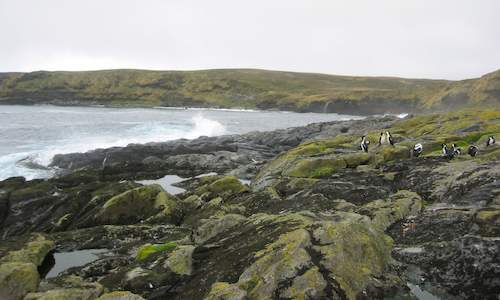
The name 'sub-Antarctic' conjures images of frozen wastes, psychedelic night-lights, twenty-four hour summer days and icebergs. On the contr...
more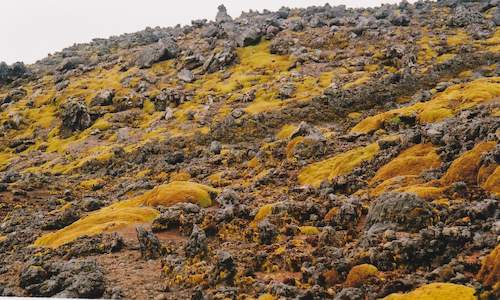
The natural system of Marion Island has taken several hundred thousand years to reach a self- perpetuating equilibrium. In just fifty years ...
more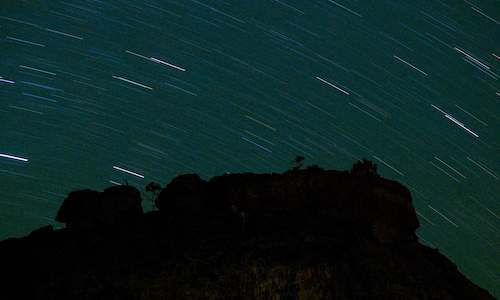
There's a symmetry in the air around you that is beautiful, poetic, invisible and entirely underrated. 78 percent of each breath you draw is...
more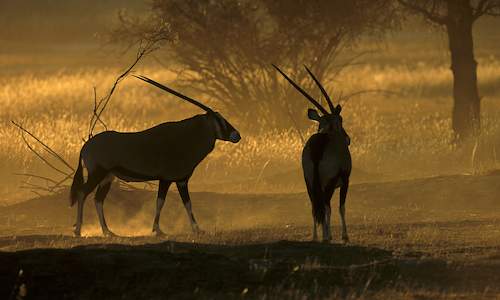
The composition of the atmosphere has changed constantly over time, as has the thickness of the sweater of greenhouse gases, swinging betwee...
more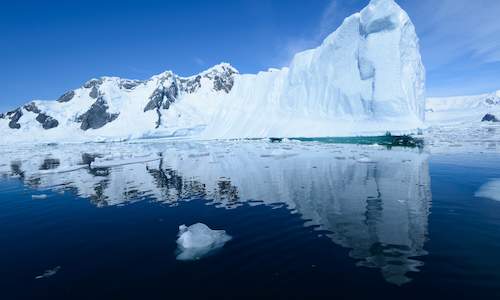
Most of our heat comes from the Sun. Of that energy reaching our outer atmosphere, just over half makes it through to the surface of the Ear...
more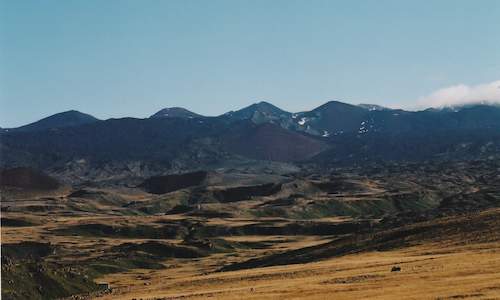
In the 1970s scientists working on Marion Island, deep in the sub-Antarctic, would trek on foot into the island's hinterland and ski down th...
more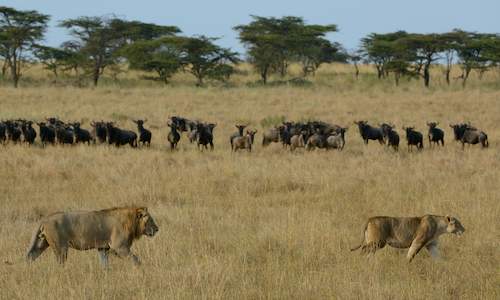
The savannah of African folklore - with all the drama of its expansive grassy plains and scattered trees - is not some fixed place on the ma...
more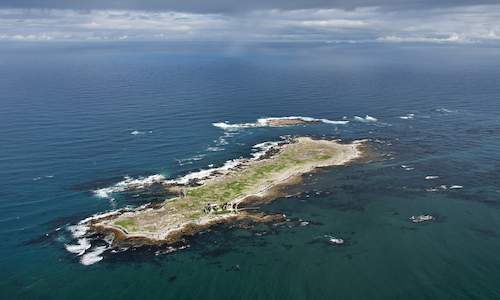
To paraphrase the words of writer David Quammen: as far as species evolution and extinctions are concerned, continental islands start with e...
more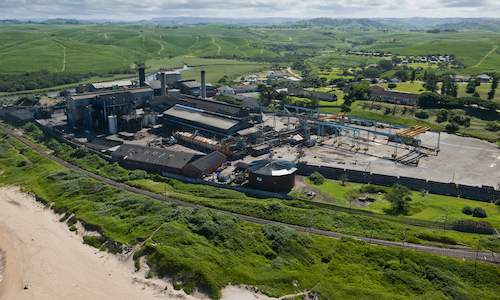
In the global balance sheet of natural resources, we are using more than we have in the bank. We are living on borrowed time. Let's not get ...
more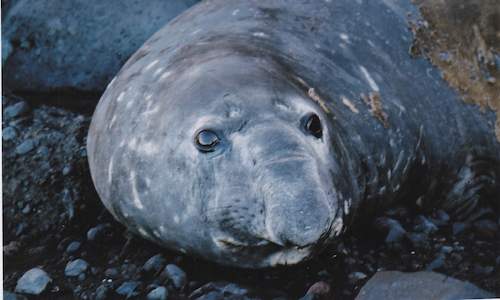
Knowing all the plants and animals makes it easier to see where each prefers to live, as one climbs the gradients. Marion Island’s lower s...
more
 Five mass extinction events have hit the planet since the first single-celled organisms split and multiplied. These events have snuffed out ...
Five mass extinction events have hit the planet since the first single-celled organisms split and multiplied. These events have snuffed out ... The environmental movement - which grew out of the momentum it gained in the 1970s - has had to take as good as it gives, rolling with the p...
The environmental movement - which grew out of the momentum it gained in the 1970s - has had to take as good as it gives, rolling with the p... The name 'sub-Antarctic' conjures images of frozen wastes, psychedelic night-lights, twenty-four hour summer days and icebergs. On the contr...
The name 'sub-Antarctic' conjures images of frozen wastes, psychedelic night-lights, twenty-four hour summer days and icebergs. On the contr... The natural system of Marion Island has taken several hundred thousand years to reach a self- perpetuating equilibrium. In just fifty years ...
The natural system of Marion Island has taken several hundred thousand years to reach a self- perpetuating equilibrium. In just fifty years ... There's a symmetry in the air around you that is beautiful, poetic, invisible and entirely underrated. 78 percent of each breath you draw is...
There's a symmetry in the air around you that is beautiful, poetic, invisible and entirely underrated. 78 percent of each breath you draw is... The composition of the atmosphere has changed constantly over time, as has the thickness of the sweater of greenhouse gases, swinging betwee...
The composition of the atmosphere has changed constantly over time, as has the thickness of the sweater of greenhouse gases, swinging betwee... Most of our heat comes from the Sun. Of that energy reaching our outer atmosphere, just over half makes it through to the surface of the Ear...
Most of our heat comes from the Sun. Of that energy reaching our outer atmosphere, just over half makes it through to the surface of the Ear... In the 1970s scientists working on Marion Island, deep in the sub-Antarctic, would trek on foot into the island's hinterland and ski down th...
In the 1970s scientists working on Marion Island, deep in the sub-Antarctic, would trek on foot into the island's hinterland and ski down th... The savannah of African folklore - with all the drama of its expansive grassy plains and scattered trees - is not some fixed place on the ma...
The savannah of African folklore - with all the drama of its expansive grassy plains and scattered trees - is not some fixed place on the ma... To paraphrase the words of writer David Quammen: as far as species evolution and extinctions are concerned, continental islands start with e...
To paraphrase the words of writer David Quammen: as far as species evolution and extinctions are concerned, continental islands start with e... In the global balance sheet of natural resources, we are using more than we have in the bank. We are living on borrowed time. Let's not get ...
In the global balance sheet of natural resources, we are using more than we have in the bank. We are living on borrowed time. Let's not get ... Knowing all the plants and animals makes it easier to see where each prefers to live, as one climbs the gradients. Marion Island’s lower s...
Knowing all the plants and animals makes it easier to see where each prefers to live, as one climbs the gradients. Marion Island’s lower s...